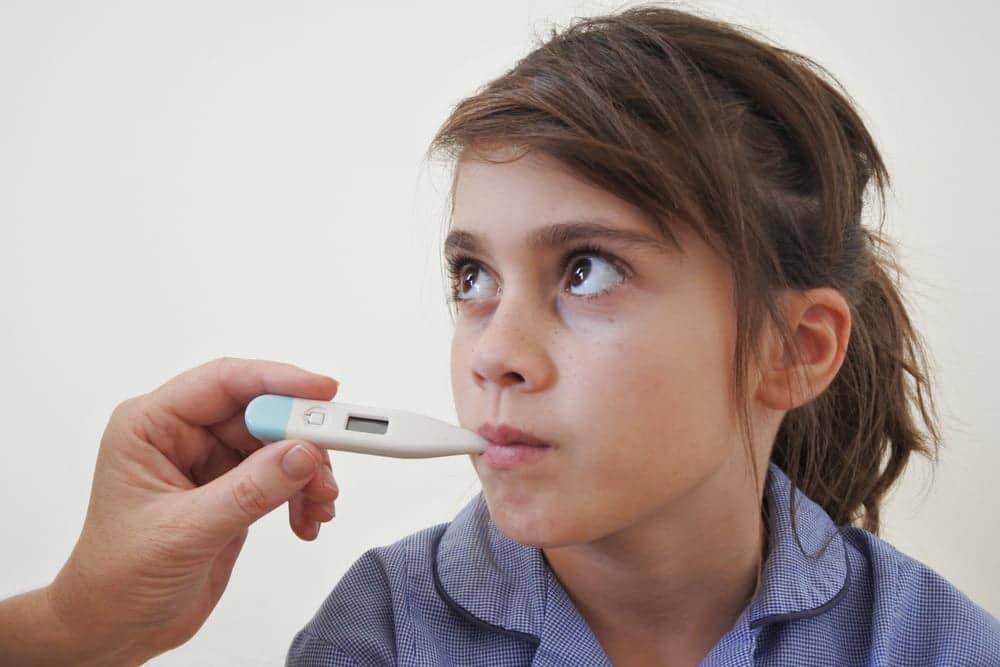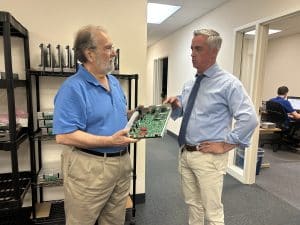While for the first time Pennsylvania’s state budget includes money to provide 1.7 million public school students with universal free breakfast, none was allocated by the state to help fund 28 existing school-based health centers (SBHC) or to establish new ones.
That’s a problem.
Students perform better when they receive and have regular access to quality health care. Additionally, USDA studies have shown that K-12 school children excel academically and exhibit fewer behavioral issues when they start the day with a nutritional breakfast.
“Health and education outcomes are inextricably intertwined. You can’t do well academically if you’re not healthy,” said Julie Cousler, executive director of the Pennsylvania School-Based Health Alliance (PSBHA).
PSBHA and the Pennsylvania Association of School Nurses and Practitioners (PASNAP) are hoping Governor Josh Shapiro and the state legislature will invest in student wellness by fully funding school-based health services in the future.
“School-based health centers keep the kids in their seats in the classroom, and the number one reason why kids achieve in school is because they’re in school,” said Sheila Ballen, who coordinates communications for PSBHA. “Think of it as an urgent care located within a school.”
SBHC care goes well beyond what a traditional school nurse may provide.
According to Ballen, asthma attacks are one of the most recognized reasons as to why children seek medical care in school and was the number one cause for chronic absenteeism.
In a school with a SBHC, asthma may be treated with medication, much as it would be in a clinic or at home.
With parent or guardian approval, SBHCs may prescribe and dispense medication, provide physicals for sports or learner’s driving permits, as well as administer vaccines.
School nurses and health centers work together.
“There are things that nurses do that the school-based health clinics don’t do and there are things that the health clinics do that school nurses don’t do,” said PASNAP’s Anne-Marie Crawford. “We’re two parts of a puzzle. It is a wonderful resource for school nurses to be able to have that [SBHCs] as a resource to continue to do our jobs.”
She added that the two work in concert to ensure kids are healthy enough to stay in the classroom.
Despite the benefits of having SBHCs, funding remains an issue. Schools in Pennsylvania are required to have a nurse, however state funding has not increased since 1991 and remains at $9.70 per student. Costs that exceed that amount are paid for by tax dollars.
Currently, SBHCs in Pennsylvania serve schools who receive Title I funding and payment for health center services is a combination of Medicaid, student health insurance, and grants. Receipt of state funding would ensure existing programs continue to operate and help new centers to open.
“The rest of the country embraced school-based health centers decades ago,” said Cousler. “We really think that it’s time for Pennsylvania to embrace school-based health centers for the most vulnerable students, really, for the most high need students, the most low-income communities.”
Thirteen of Pennsylvania’s 28 existing SBHCs are located in Philadelphia, with the remaining balance spread across the state, including in Lancaster, York, Scranton, Erie, and Allentown school districts.






